New York City embraced willful amnesia when landscapers working at the western edge of Central Park unearthed two coffins in August of 1871. An engraved plate on a richly appointed rosewood coffin identified the deceased as Margaret McIntay, buried two decades earlier at the age of “sixteen years, three months and fourteen days.” A more modest box found not far away contained the remains of an unidentified black person described in the press as “decomposed beyond recognition.”
The New York Herald pronounced the discovery a mystery, even though the location — near the West 85th Street entrance to the park — told what should have been a familiar story. Less than a decade and a half earlier, the city had cleared the way for its hallowed park by evicting 1,600 or so people who lived on the land. Among those displaced were the residents of Seneca Village, Manhattan’s first significant settlement of black property owners and the epicenter of black political power in Manhattan during the mid-19th century. The village occupied land along what is now Central Park’s western edge, between roughly 83rd and 89th Streets.
From its modest beginnings in 1825, the village had grown over three decades to include homes, gardens, a school, cemeteries and perhaps as many as 300 residents. By the time it was razed more than 30 years later, the settlement counted several distinguished citizens among its property owners. Nevertheless, real estate interests and their minions in the press set the stage for what the writer James Baldwin would later describe as “Negro removal” by defaming the flourishing enclave as a “shantytown” and a “nigger village.”


Albro Lyons and his wife, Mary Joseph Lyons — also from a free family — ran a boardinghouse for African-American sailors that served as the perfect cover for an Underground Railroad operation. Their daughter, Maritcha Remond Lyons, was a teacher, feminist and popular public speaker who chronicled the family’s story in a memoir that provides a rare window into that era of black activism in the city.
By elevating this family, New York City is drawing an explicit connection between the aspirations that Seneca Village represented for the black families who invested in property there and the racial terrorism that African-Americans, including the Lyons family, often faced in crowded upstart Lower Manhattan.

Manhattan, Capital of Slavery
New Yorkers who grew up with the fiction that slavery was limited to the South learned otherwise in 1991, when construction in Lower Manhattan unearthed hundreds of skeletons from a forgotten colonial-era cemetery that had served as the resting place of 15,000 Africans. The burial site, known since 2006 as the African Burial Ground National Monument, underscored the fact that New York City in the late 18th century was an epicenter of the slave trade, holding more Africans in chains than any other city in the country, with the possible exception of Charleston, S.C.
New York City’s addiction to the immediate fruits of slave labor — and to the profits that it reaped from servicing the business needs of the South — made for a slow and tortured path to emancipation there. In 1799, New York State ratified gradual emancipation for enslaved offspring born after July 4 of that year but held them in indentured servitude until they were young adults. In 1817, the state passed yet another law that freed enslaved people born before 1799, with emancipation taking effect in 1827 — making New York one of the last Northern states to abolish slavery.
By this time, white New York had taken steps to cripple African-Americans politically and economically. Black men had largely been banished from lucrative skill trades and relegated to subsistence jobs. To short-circuit black political empowerment, the State Legislature made voting rights for black men contingent upon ownership of property valued at $250 or more — even as it rolled back the property ownership requirement for white men. As a result, only 16 black men in Manhattan had the right to vote.
Beyond that, white New Yorkers relentlessly attacked African-American institutions, torching churches and blocking efforts to build black schools. Racial terrorism worsened after the Legislature made it known in 1817 that all African-Americans would soon be legally free. Slave catchers who roamed the streets seeking to kidnap both free black people and fugitive slaves were a persistent hazard. No Negro was safe.
It was against this backdrop that a white Upper Manhattan couple, John and Elizabeth Whitehead, began selling the plots of land that formed the foundation of what would become Seneca Village.

In September of 1825, a young black man named Andrew Williams bought three lots. The trustees of the African Methodist Episcopal Zion Church bought six, near 86th Street, for use as a cemetery for the colored. (The need was particularly pressing, given that the potter’s field where the church had buried its dead was soon to become Washington Square Park.) A biblically named church trustee, Epiphany Davis, purchased 12 lots at what was then the considerable sum of $578.
As the historian Alexander Manevitz said recently, the size, timing and location of A.M.E. Zion’s land purchase showed that the church was committed to “a broader political project.” That project was modeled on the teachings of church founders who had emphasized political activism and the formation of social organizations that could advance African-American rights.
The villagers learned the virtue of standing apart from the city proper in 1834, when their enclave was spared the three-day assault of white rioters who attacked the churches and businesses of both blacks and abolitionists in Lower Manhattan.
The historian Leslie M. Harris rightly describes this as the worst street violence of New York’s antebellum period. The rioters claimed to be outraged at abolitionists because they promoted fraternization across racial lines. But, as Ms. Harris writes, the mob attacked “the political and economic power that blacks might gain through alliances with middle-class and elite whites.”
Albro Lyons would clearly have taken note when abolitionists reacted to violence and intimidation by retreating into silence. When he purchased land uptown in Seneca Village, he might have done so as a hedge against Lower Manhattan becoming uninhabitable for African-American activists like himself.

The site of Seneca Village’s African Methodist Episcopal Zion Church.Credit...Joshua Bright for The New York Times
Classical Philosophy in the Park
The question of how Seneca Village got its name remains unresolved. Nevertheless, the argument that villagers derived it from the Native American tribe seems unlikely, given that Manhattan was not Seneca territory. Leslie M. Alexander offers a more provocative suggestion — that the name of the village might refer to the Roman statesman and philosopher Seneca, who advocated for government founded on respect for individual liberty. Black residents who studied classical philosophy at the African Free Schools, she argues, may have adopted the Seneca name to reflect their aspirations for the new community.
By buying land, black villagers had satisfied the state law that made black voting rights contingent on property ownership. Mr. Manevitz estimates that by 1855, the village contained only 1 percent of the city’s black population — but had 20 percent of its black property owners and 15 percent of its black voters.
Most Seneca Villagers owned modest plots, but lived expansive lives compared with other African-American New Yorkers, who were typically confined to attics and basements along the squalid streets of Lower Manhattan’s Five Points district. The novelist Charles Dickens, who visited the area in the 1840s, wrote: “Poverty, wretchedness, and vice are rife enough where we go now. This is the place, these narrow ways, diverging to the right and left, and reeking everywhere with dirt and filth …. [A]ll that is loathsome, drooping and decayed is here.”
By the mid-1850s, the flourishing Seneca Village community had attracted three churches: A.M.E. Zion, African Union Methodist Church and an unusual racially integrated church called All Angels, where Irish parishioners who had moved into the area worshiped alongside African-Americans.
Leslie M. Alexander describes the interracial church as “a testament to a new social and political reality.” Black parishioners and white parishioners not only sat side by side in the pews but also were apparently buried together, reflecting the hope that people of different races could one day coexist in mutual respect. That vision was swept away with the settlement.
The destruction of Seneca Village foreshadowed the urban renewal craze of the 1960s, when the country embraced an explicit policy of labeling vibrant working-class areas “slums” to justify tearing them down. Historians who are trying to reconstruct the full story of New York City’s black utopia — and find descendants of the dispossessed — could yet tell us more about what the 19th-century city was really like.
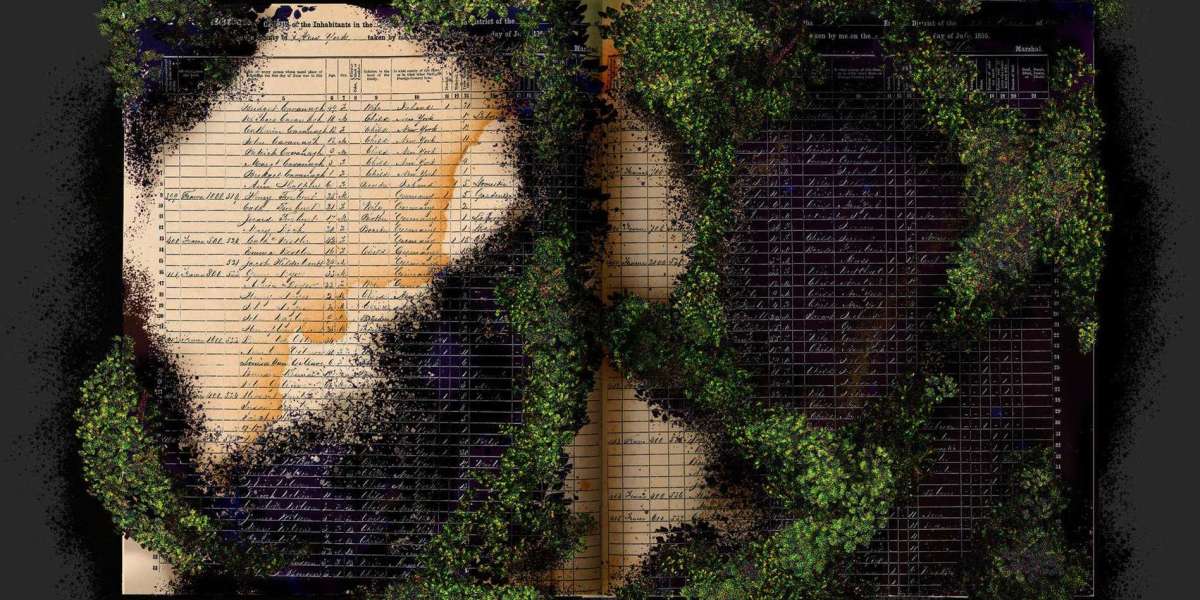

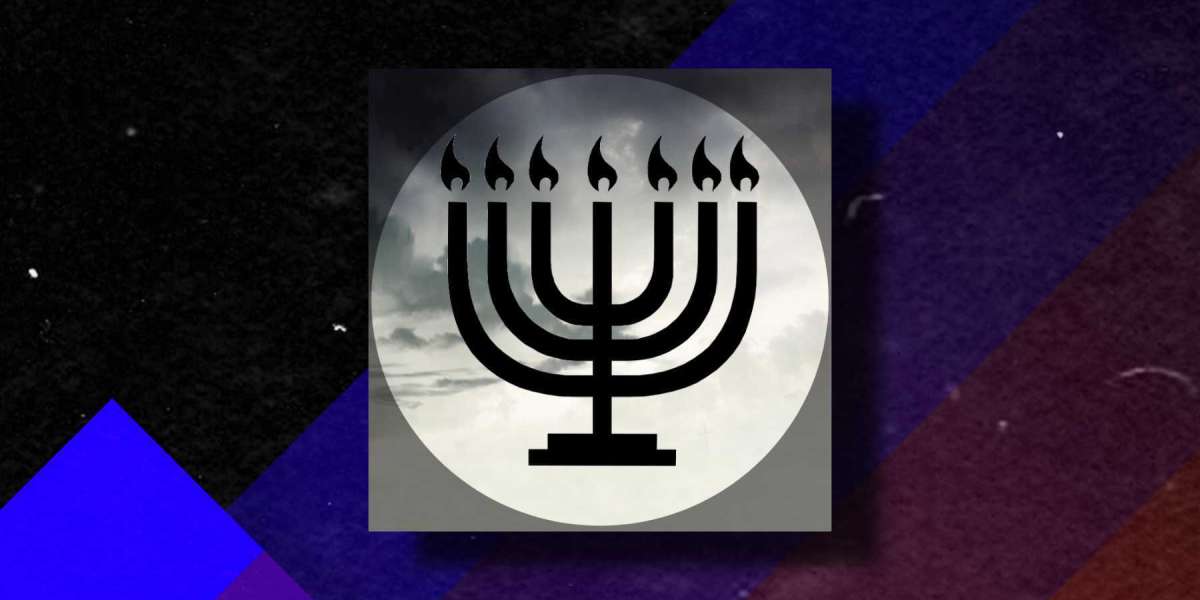
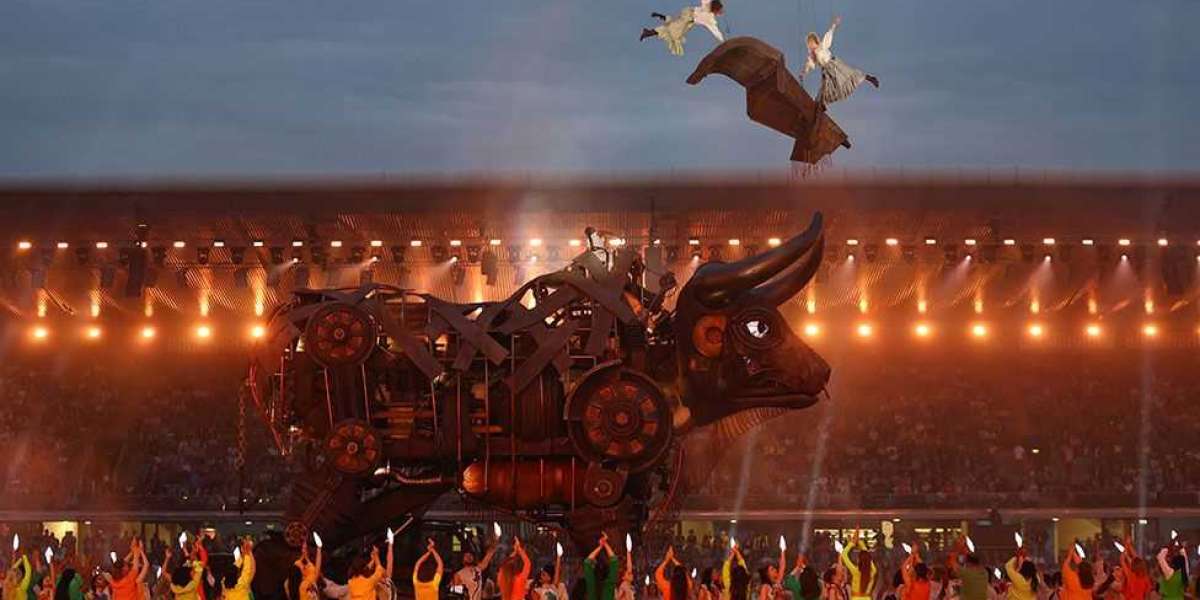
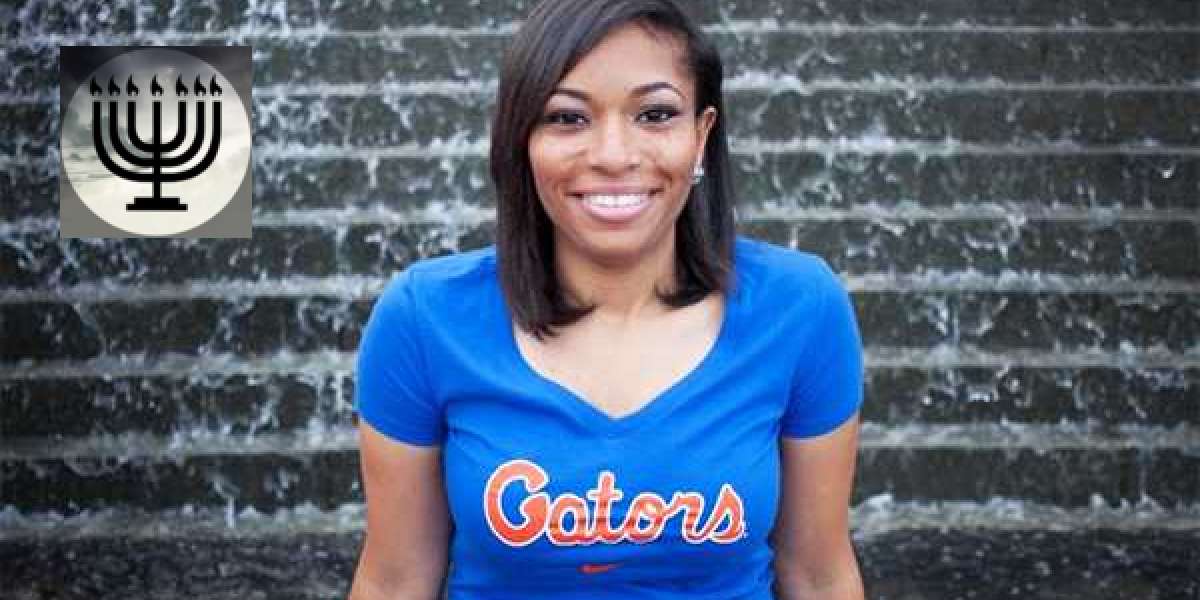
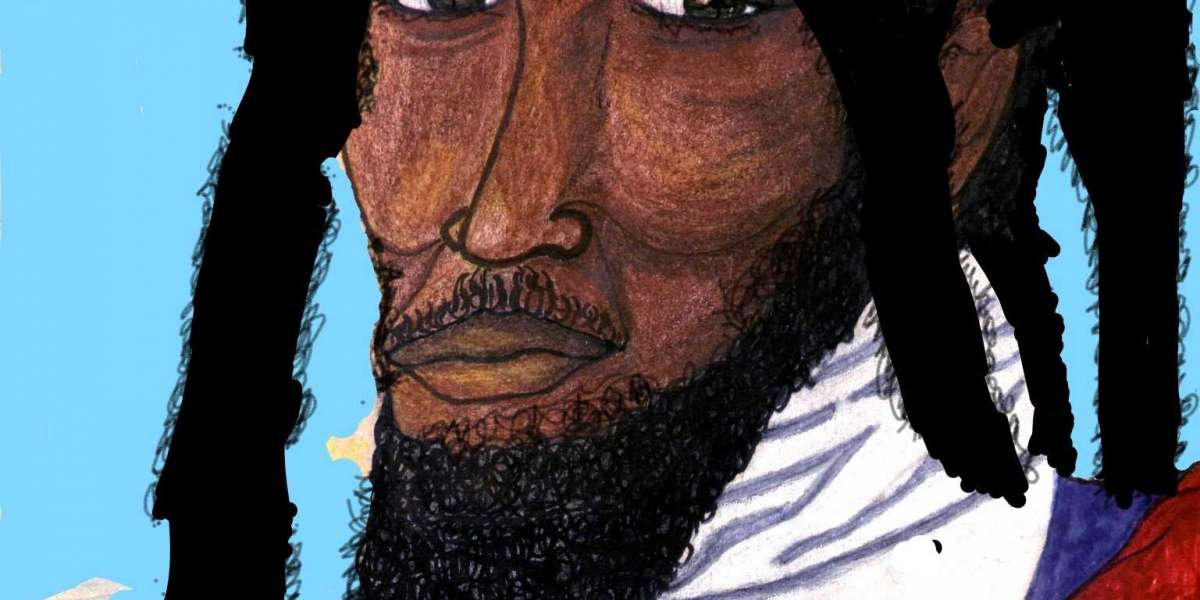
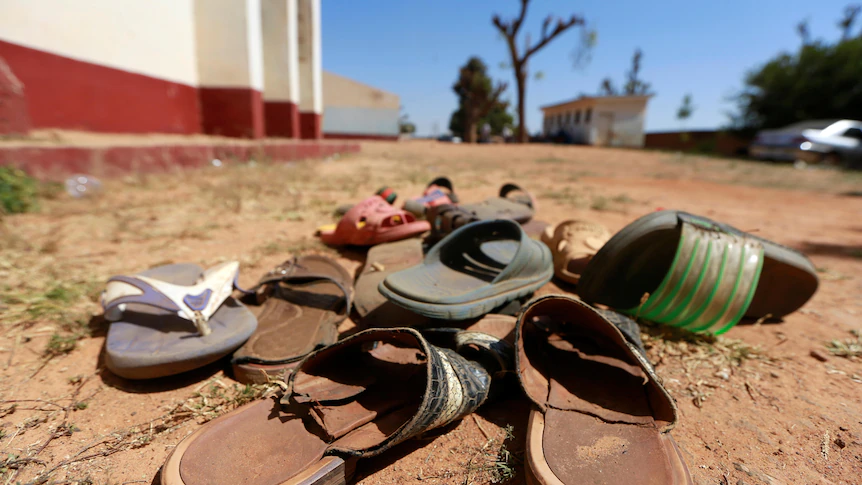






PalanahYah 4 yrs
Wow I had no idea Washington Park also was an area of our people’s. Makes me wonder about all the other parks throughout the rest of this land belonging to Dtr of Babylon... how many other parks and public lands have graves or destroyed brew communities 🤔😠